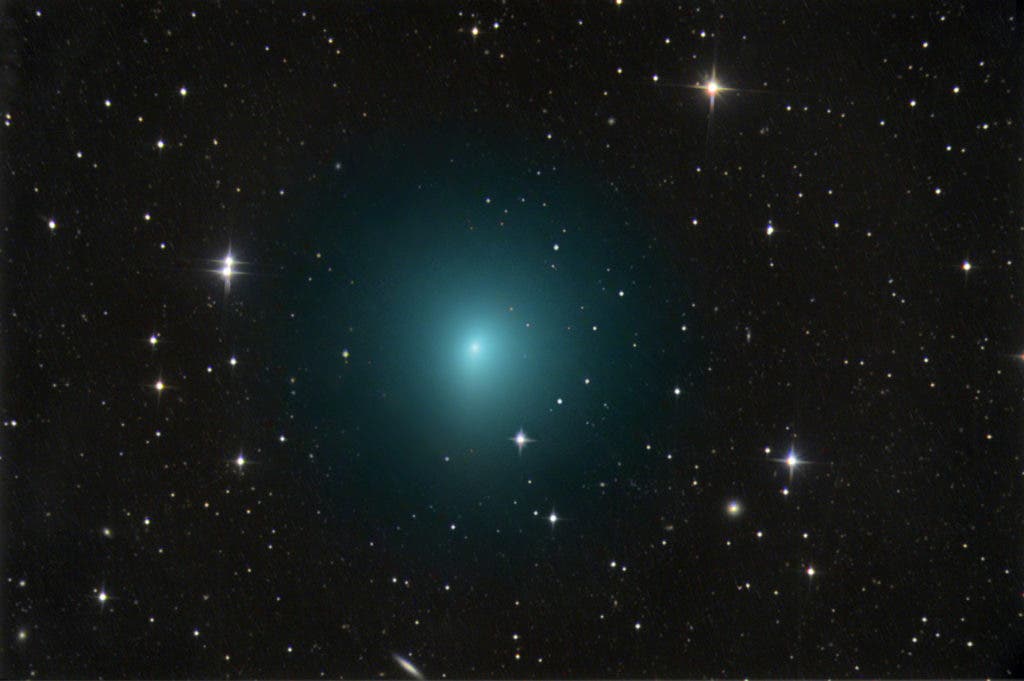A newly discovered comet heading towards the orbit of Mars has scientists working to confirm whether it came from outside the solar system, a likely prospect that would make it the second time astronomers see an interstellar visitor on its way past the sun.

The comet, first detected by Crimean astronomer Gennady Borisov, follows a highly curved path barreling in the sun’s direction at unusually high speeds, evidence that it originated beyond the solar system.
“We’ve been scrambling here at the University of Hawaii to get observations to make position measurements,” said Karen Meech, an astronomer at the university whose team concluded that the object classifies as a comet. “Every time a new comet is discovered, everybody starts to try and get data so that you can get the orbit.”
An apparent amalgam of ice and dust, the comet is expected to make its closest approach to the sun on December 8, putting it 190 million miles (300 million km) from Earth, on a route believed unique to such objects of interstellar origin.
The comet is now heading toward the inner solar system and will enter it on Oct. 26 from above at roughly a 40-degree angle relative to the ecliptic plane. That’s the plane in which the Earth and planets orbit the Sun.
It was established as being cometary due to its fuzzy appearance, which indicates that the object has a central icy body that is producing a surrounding cloud of dust and particles as it approaches the Sun and heats up.
Once confirmed interstellar, the comet – dubbed C/2019 Q4 by astronomers – would become only the second such body ever observed by scientists. The first was a cigar-shaped comet dubbed ‘Oumuamua – a name of Hawaiian origin meaning a messenger from afar arriving first – that sailed into our planetary neighborhood in 2017.
“It’s going to be a nice Christmas comet,” says astronomer Michele Bannister of Queen’s University Belfast in Northern Ireland. “We’ll be able to observe it for probably a year, which is really different from ‘Oumuamua.”
Unlike ‘Oumuamua, which visited the solar system for only a week, the newfound comet will linger near Mars’ orbit for almost a year, giving scientists ample time to characterize its chemical signatures and seek further clues about its origin.
“The high velocity indicates not only that the object likely originated from outside our solar system, but also that it will leave and head back to interstellar space,” said Davide Farnocchia, an astronomer at NASA’s Jet Propulsion Laboratory in California.






